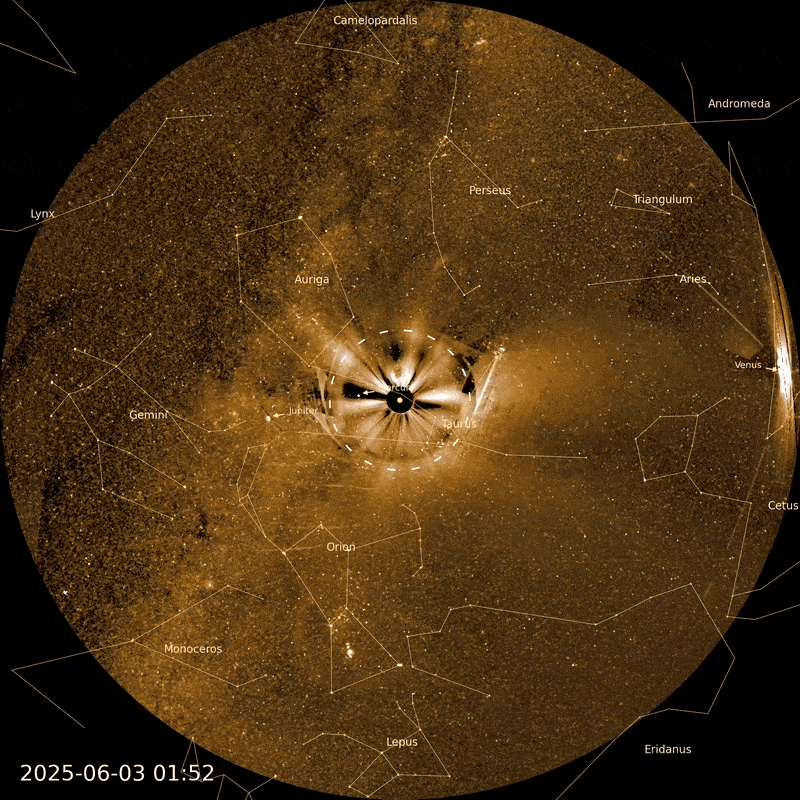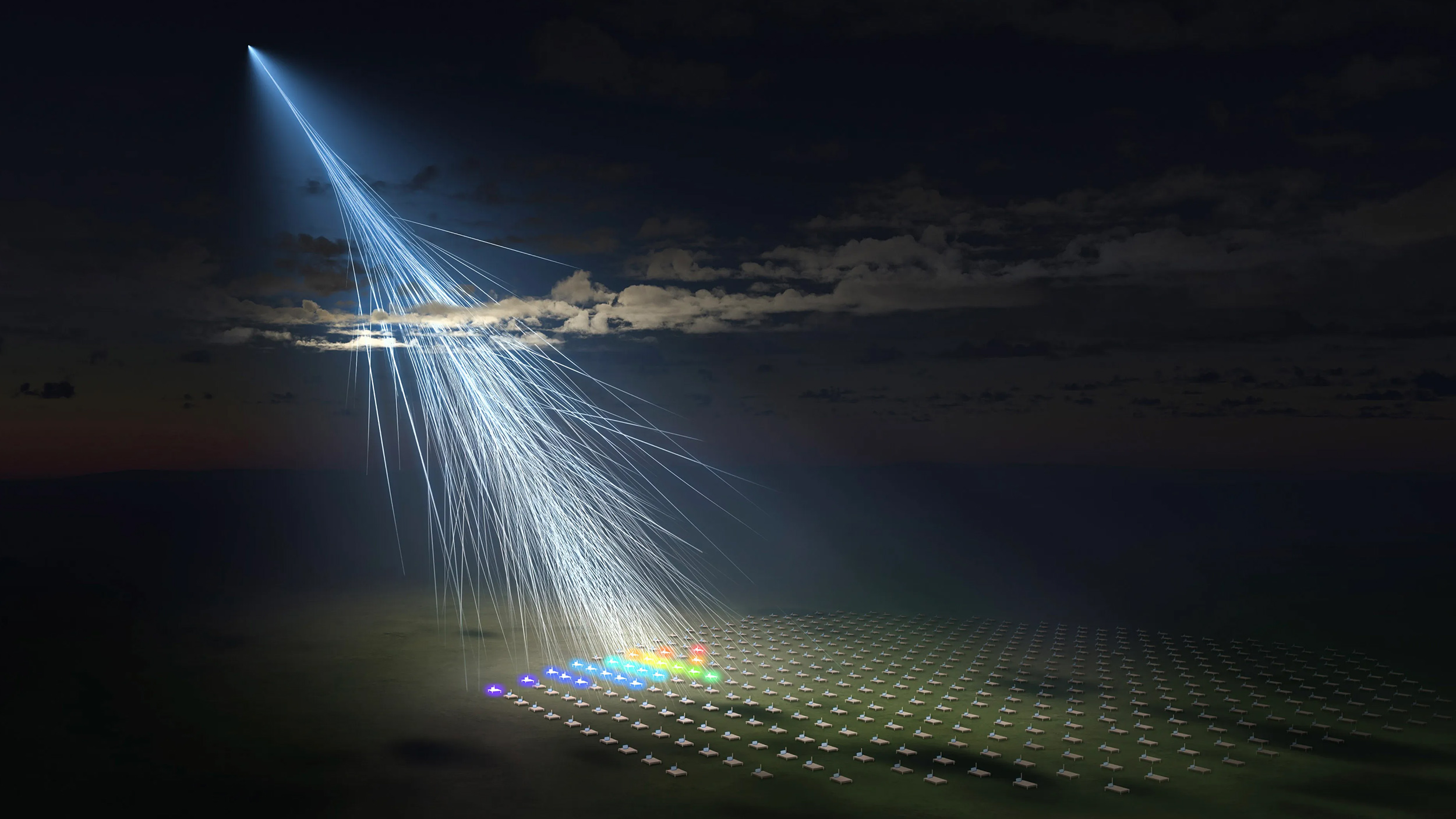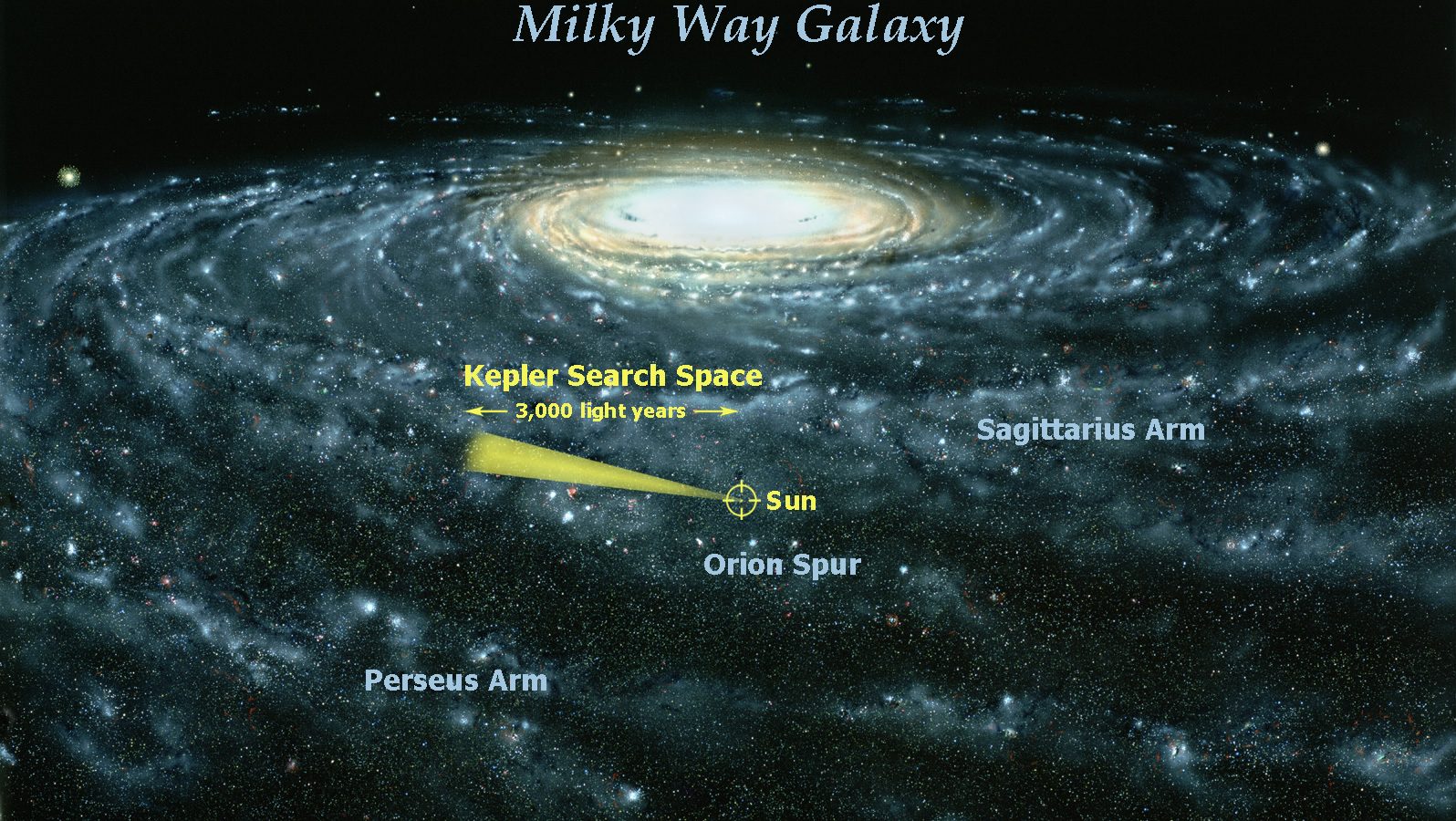First Light from Super-Earth Detected by Astronomers

What’s the Latest Development?
Using ground and space-based telescopes, astronomers have measured infrared light emitted from the planet 55 Cancri e, which revolves around its parent star in the constellation Cancer some 40 light years away. Observing a six-hour window in which the planet traveled behind its star, scientists measured a small dip in the star’s energy, indicating how much light is put off by the planet. Given the planet’s close proximity to its star, Olivier Demory of MIT said that finding the planet’s signature was like detecting the light of one candle among an array of 10,000 others.
What’s the Big Idea?
55 Cancri e is also called super-Earth because its size is roughly twice that of our planet. Knowing super-Earth’s infrared light output, scientists were able to determine the temperature of its surface to be a balmy 3,700° F, enough to melt steel. That calculation has led scientists to believe that the planet’s surface has few, if any, reflective surfaces like ice caps. Rather, it seems to absorb most of its star’s heat, just as Earth’s dark oceans are good at storing the sun’s energy. Astronomers are seeking to develop their planet hunting skills to find planets still more similar to Earth.
Photo credit: Shutterstock.com





